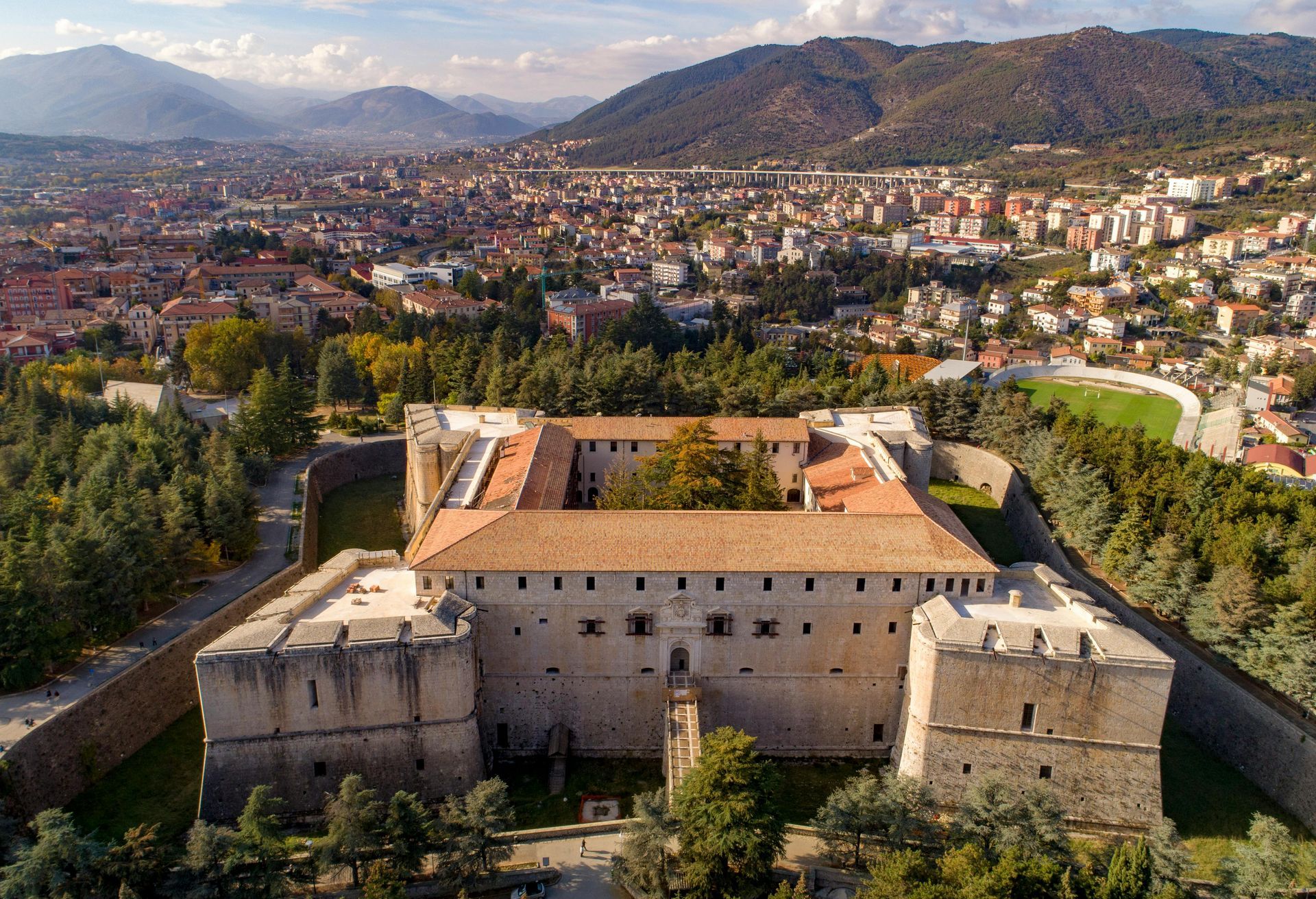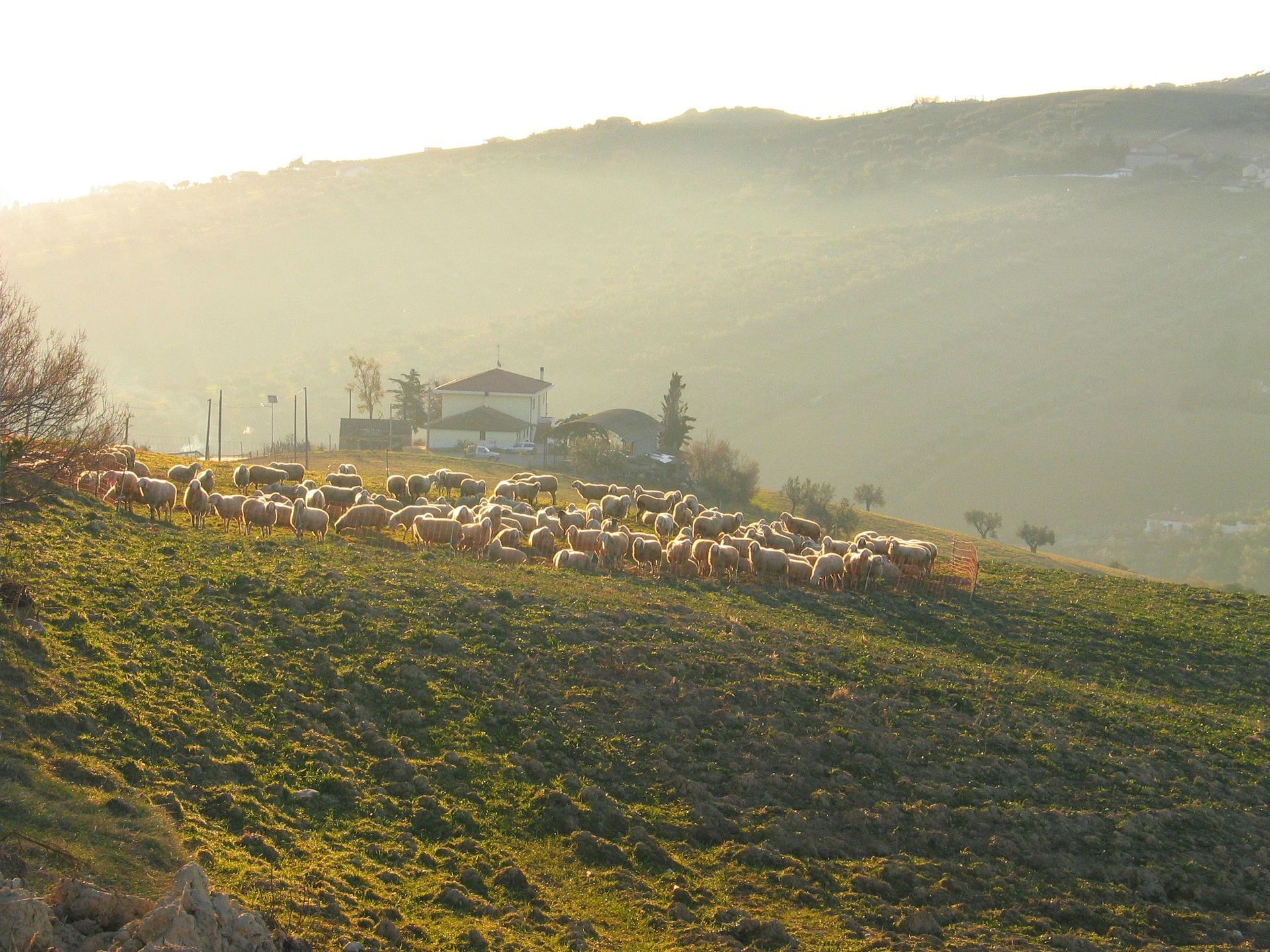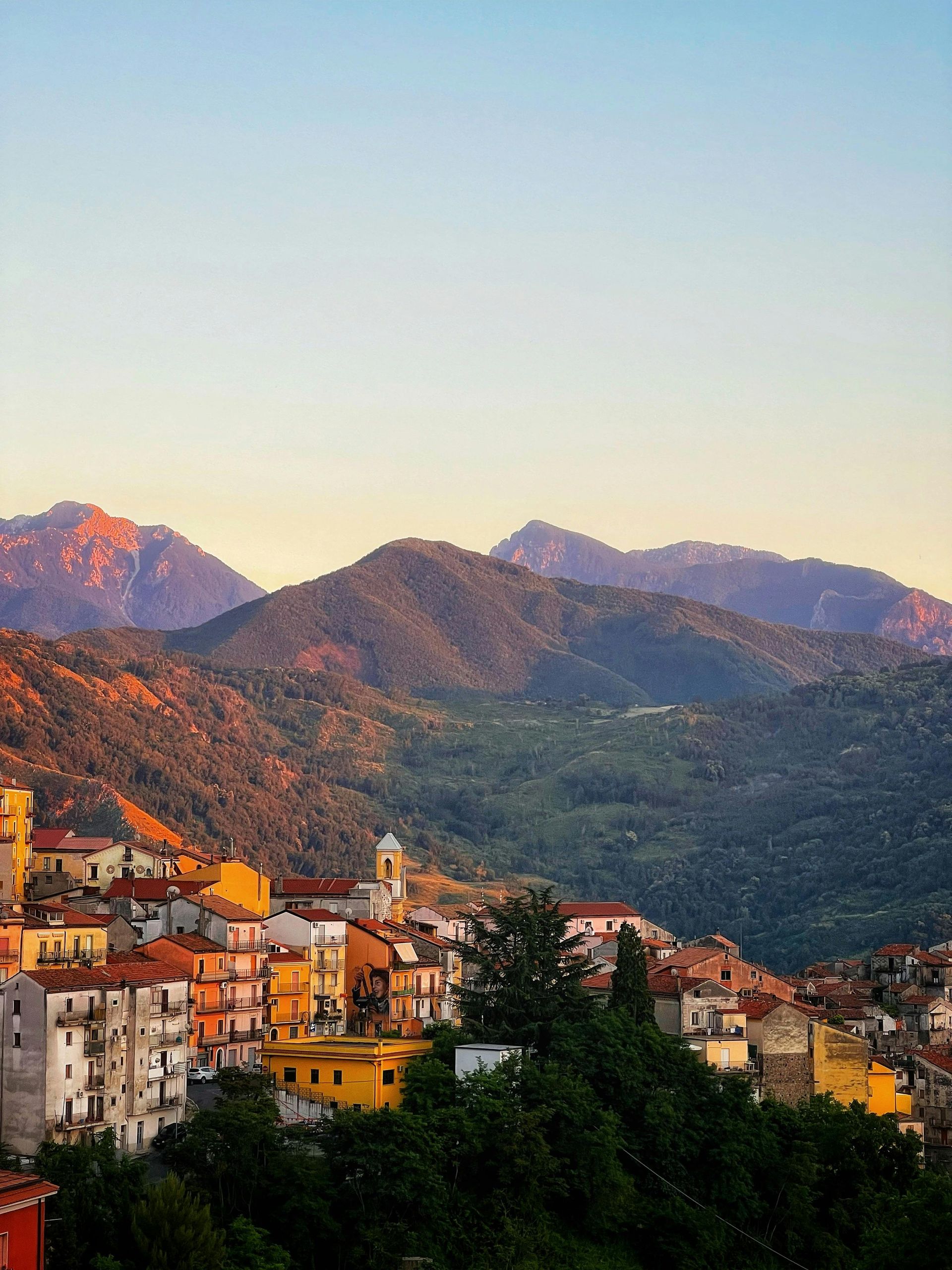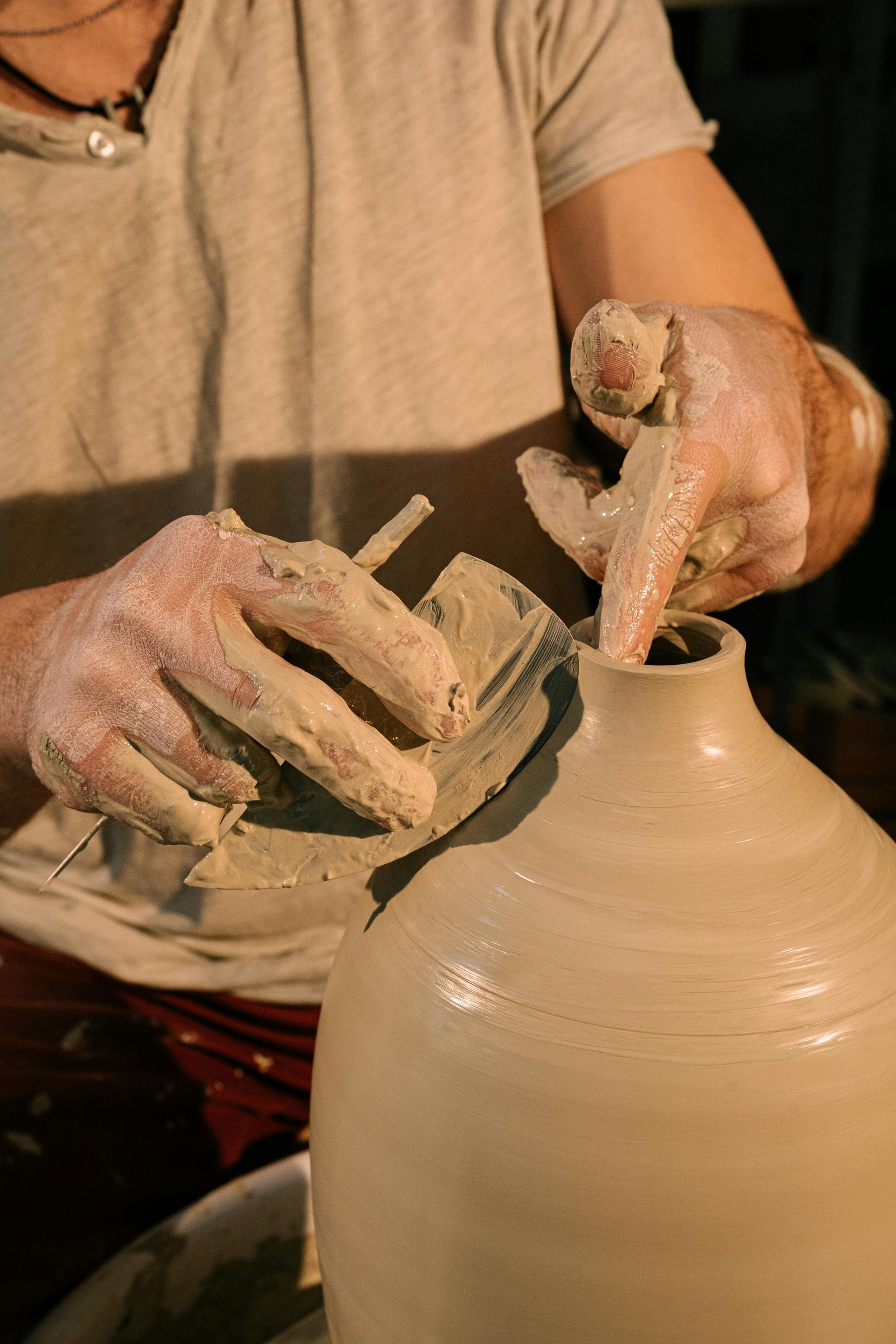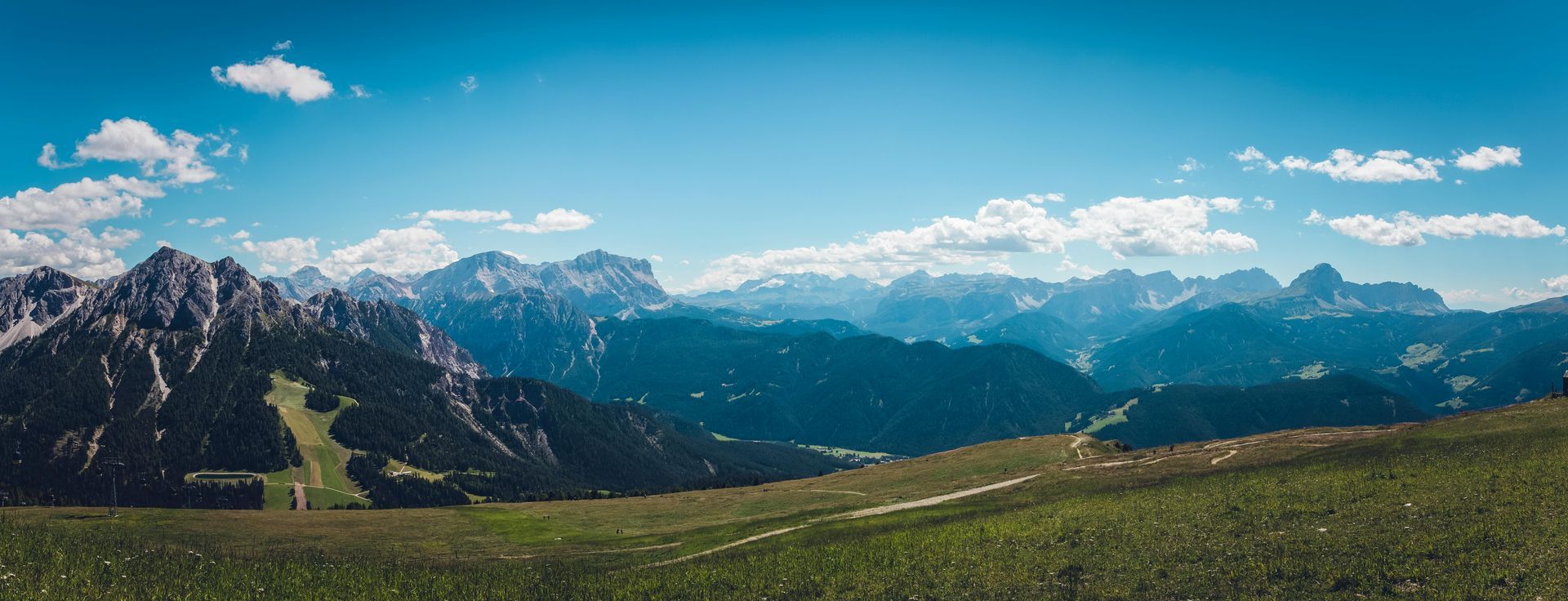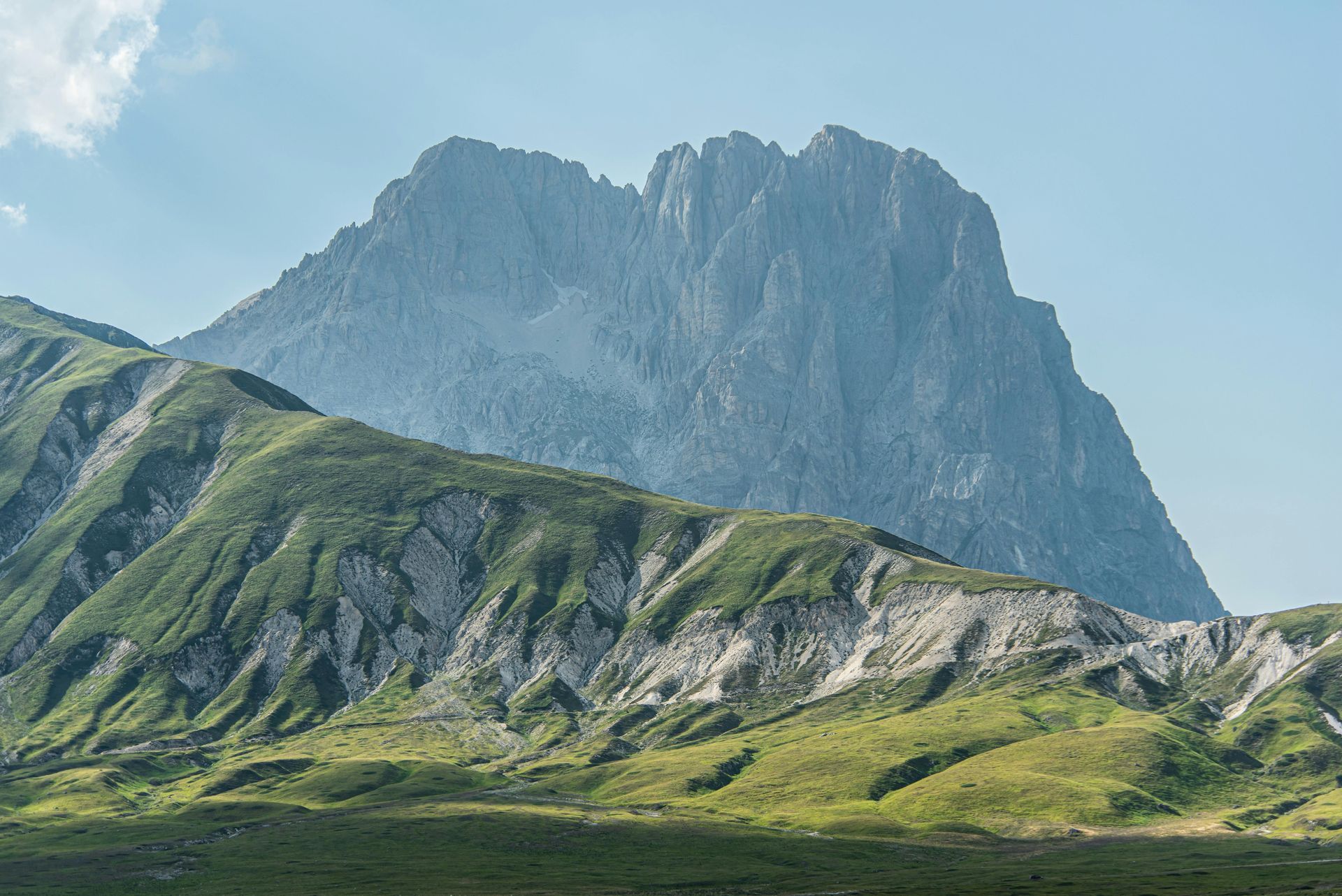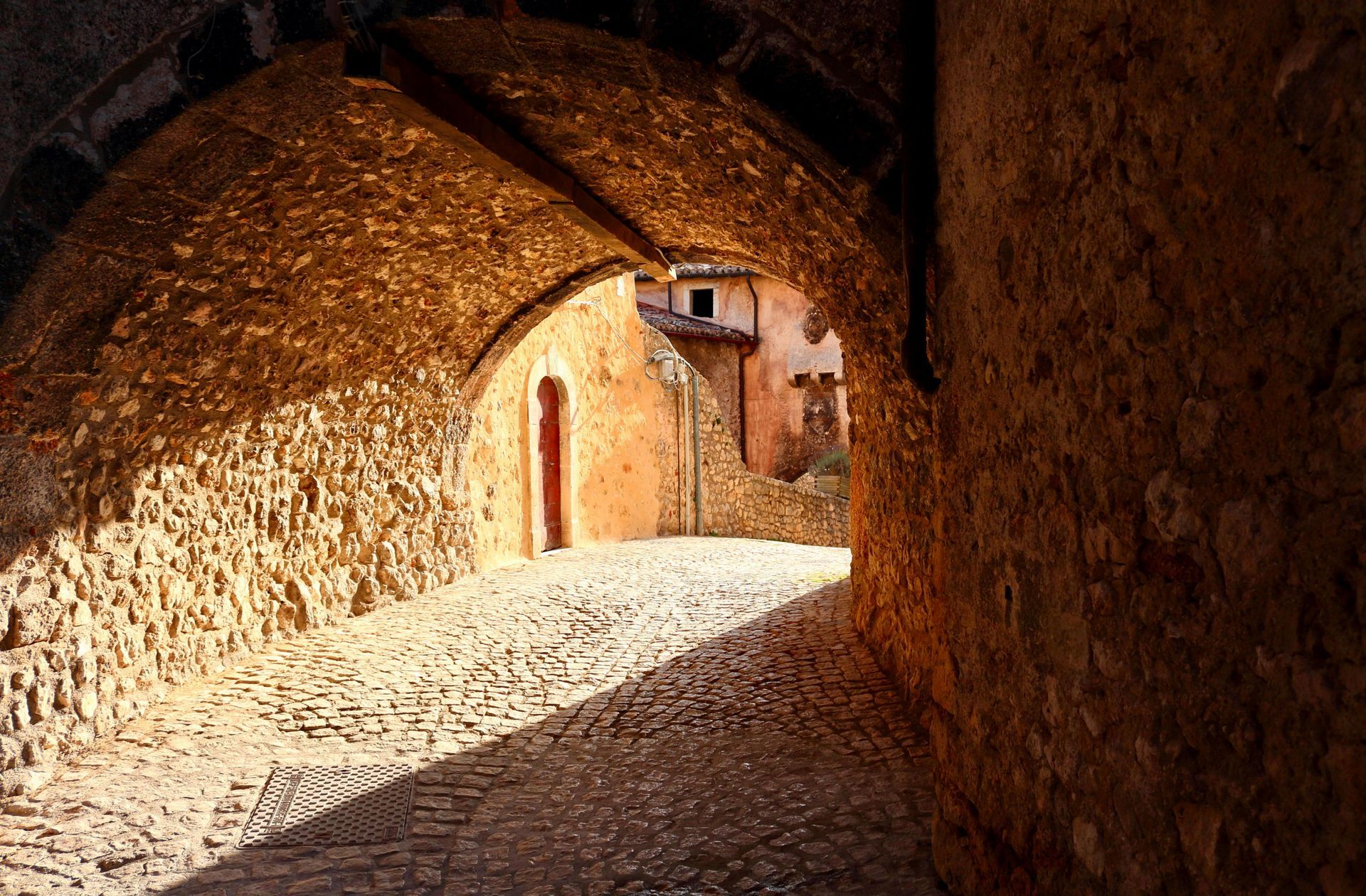Stanley Tucci in Abruzzo: The Visibility This Region Has Been Waiting
When Stanley Tucci stepped foot in Abruzzo for his National Geographic series Tucci in Italy, something long overdue happened: the world finally looked this way.

Abruzzo, often called one of Italy’s most underrated regions, was given a voice — and not just any voice, but one that knows how to listen to places and people. Tucci didn’t just explore Abruzzo. He experienced it: its food, its silence, its traditions, its resilience. And now, thanks to a global spotlight, more people may begin to understand why Abruzzo matters. And now, thanks to a global spotlight, more people may begin to understand why Abruzzo matters.
Disclaimer: We don’t want mass tourism in Abruzzo. We want meaningful travellers. Abruzzo cannot afford to have mass tourism. Why? Because nature and culture are crucial for the region's well-being.
From Hidden to Highlighted: Why Tucci’s Visit Matters
For those of us who’ve been telling the world how special Abruzzo is, this was more than just another food show. It was visibility. It was validation.
While many travellers focus on Tuscany, Amalfi, or Rome, Abruzzo remains one of Italy’s most authentic destinations, filled with hidden villages, ancient recipes, and communities where time still moves slowly, on purpose.
Tucci’s journey took him through some of the most emblematic expressions of Abruzzo’s cultural identity:
- Timballo in Senarica
- Arrosticini on the high plains of Campo Imperatore
- Mountain pizza baked in a community oven
- Confetti in Sulmona
- Stewed mutton in Castrovalva
- A breathtaking taste of the Trabocchi Coast
Food That Tells Stories
What Tucci captured is what many of us feel every day in Abruzzo: food isn’t just food — it’s memory, resistance, celebration.
In Villa San Sebastiano, we see mountain wheat turned into bread in a forno collettivo that binds generations. In Sulmona, sugar-coated almonds become symbols of life events. In Senarica, timballo is more than a dish — it’s a love letter passed from nonna to nipote.
Stanley discovers unexpected delights in this wildest of regions, Abruzzo, one heìs never visited before. He reveals how the rugged terrain impacts its food and culture. (credit: National Geographic/Matt Holyoak)
borGO’s Mission, Amplified
Here at borGO, we’ve always believed that authenticity beats quantity. The future of travel is slow, rooted, and personal. Tucci’s journey confirms what we already knew: the real Italy isn’t always where the crowds are. Sometimes it’s in a remote kitchen in the mountains, or around a communal table under a fig tree.
We don’t want mass tourism. We want meaning. And now, thanks to a global spotlight, more people may begin to understand why Abruzzo matters.
Start Your Journey in the Footsteps of Tucci
Want to experience the places Stanley Tucci visited — but on your own terms, and with locals who live the culture every day?
Join us. With borGO, you’ll discover:
- Authentic food and wine tours in Abruzzo
- Hands-on cooking classes with local women and chefs
- Visits to traditional villages like Scanno, Pacentro, or Santo Stefano
- Walks through sheep trails, chestnut forests, and coastal cliffs
- Artisan workshops and culinary heritage experiences
Because the visibility is great, but the real experience begins when you come.
Come and see the Abruzzo Stanley Tucci loved — and discover the parts he didn’t get to yet.
Let’s travel differently. Let’s travel meaningfully. Let’s go borGO.

